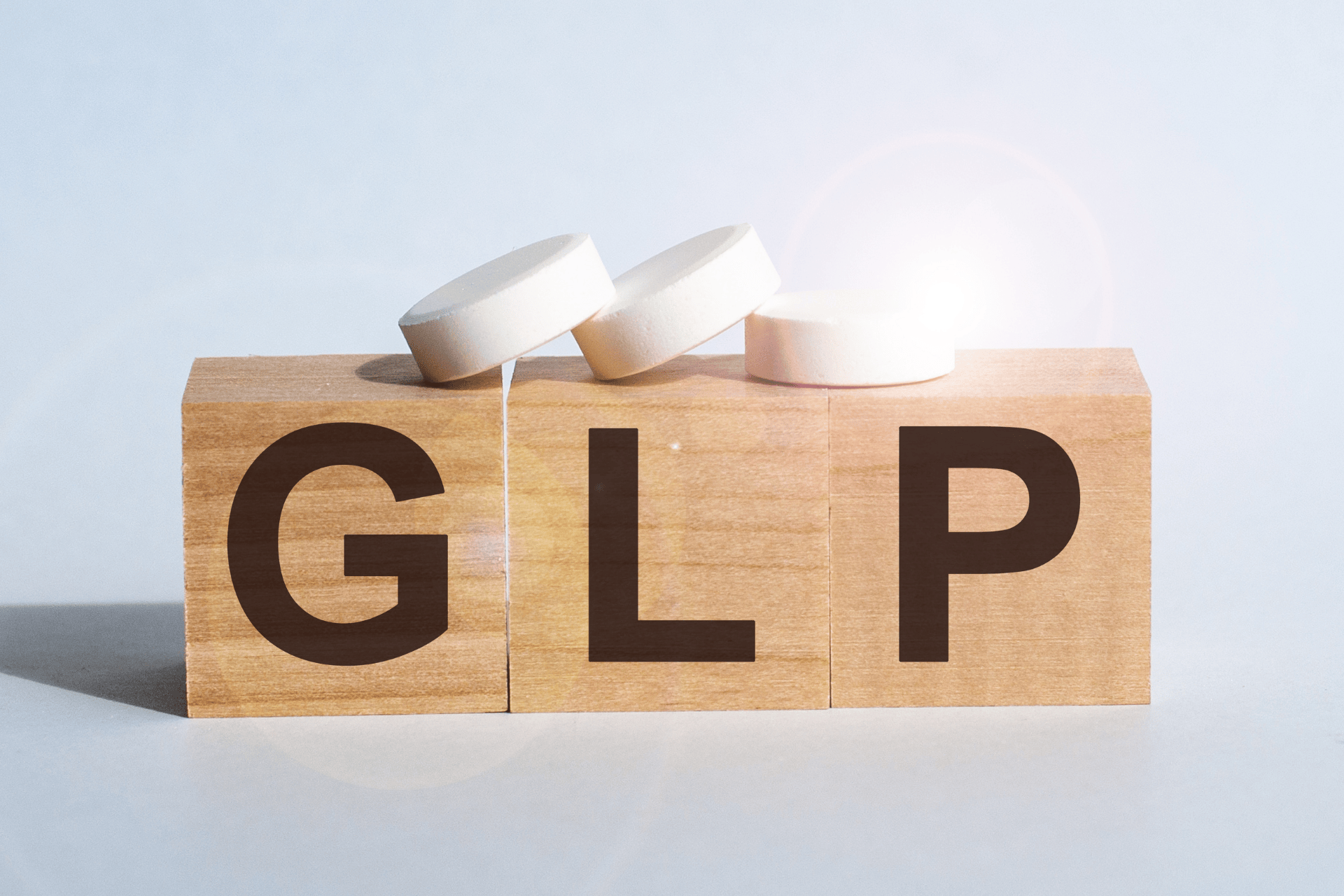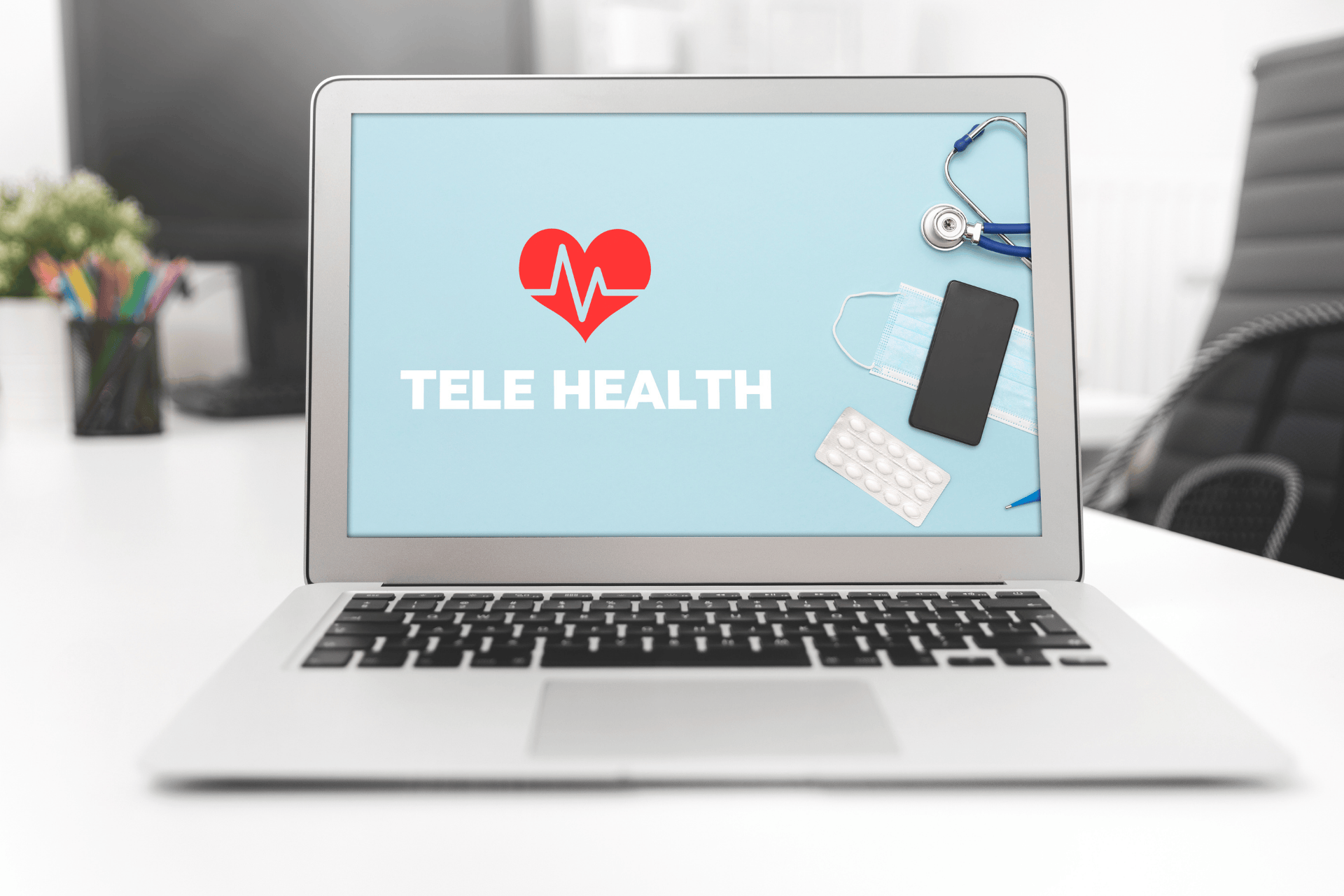Cost of GLP1 Medications Explained
Understanding GLP1 Medications and Their ImportanceGLP1 medications, or glucagon-like peptide-1 receptor agonists, have become a significant advancement in the treatment of [...]
Read More
Medically reviewed by Abhijit Bhattacharyya | MD, PhD, MBA, Tufts University School of Medicine - Miami, Florida on October 21st, 2025.
GLP1 medications, or glucagon-like peptide-1 receptor agonists, have become a significant advancement in the treatment of type 2 diabetes and obesity. These medications work by mimicking the GLP1 hormone, which helps regulate blood sugar levels, slow gastric emptying, and promote feelings of fullness. As a result, they assist patients in managing their weight and blood glucose more effectively. The mechanism of action is particularly beneficial as it not only aids in glycemic control but also contributes to weight loss, which is a crucial factor for many individuals struggling with these conditions.
With the rising prevalence of diabetes and obesity worldwide, GLP1 medications have garnered attention not only from healthcare providers but also from patients seeking effective treatment options. However, the cost of these medications can be a barrier for many, making it essential to understand what drives their pricing and how patients can access them affordably. In addition to cost, patients often have concerns regarding potential side effects, which can include nausea, vomiting, and gastrointestinal discomfort. It is vital for patients to have open discussions with their healthcare providers about these concerns, as well as to explore the potential benefits that may outweigh the risks.
Moreover, recent studies have indicated that GLP1 medications may have cardiovascular benefits, further enhancing their appeal in the management of type 2 diabetes. These findings suggest that patients using GLP1 agonists may experience a reduced risk of heart attacks and strokes, which are common complications associated with diabetes. This added layer of protection makes GLP1 medications not just a tool for managing blood sugar and weight, but also a proactive approach to overall health. As research continues to evolve, the potential applications of GLP1 medications could expand, possibly offering new hope for patients with various metabolic disorders.
 Factors Influencing the Cost of GLP1 Medications
Factors Influencing the Cost of GLP1 MedicationsOne of the primary reasons GLP1 medications tend to be expensive is the significant investment pharmaceutical companies make in research and development. Developing new drugs involves years of clinical trials, regulatory approvals, and continuous innovation to ensure safety and efficacy. These costs are often reflected in the price of the medication once it reaches the market. The process begins with extensive preclinical research, where scientists explore potential drug candidates in the lab. Following this, multiple phases of clinical trials are conducted, each requiring rigorous testing on human subjects to assess the drug's safety and effectiveness. This lengthy process can take over a decade and often results in substantial financial losses if a drug fails to gain approval or does not perform as expected in the market.
GLP1 medications are biologics, which means they are derived from living organisms and require complex manufacturing processes. This complexity adds to the production costs compared to traditional small-molecule drugs. Additionally, the need for cold-chain storage and careful distribution further increases expenses. The manufacturing process itself involves sophisticated techniques such as recombinant DNA technology, which not only requires specialized facilities but also highly trained personnel. Furthermore, the distribution of these medications must adhere to strict regulatory guidelines to maintain their integrity and potency, necessitating advanced logistics solutions. This includes temperature-controlled transportation and storage, which can significantly elevate the overall cost of bringing these medications to patients.
The cost patients pay for GLP1 medications can vary widely depending on their insurance coverage. Some insurance plans may cover a significant portion of the cost, while others might have high copays or exclude these drugs altogether. Additionally, as demand for GLP1 medications rises due to their effectiveness, prices may fluctuate based on market dynamics. The increasing prevalence of conditions like obesity and type 2 diabetes has led to a surge in the number of patients seeking these treatments, further driving demand. This heightened interest can lead to price increases, particularly if the supply does not keep pace with the growing market. Moreover, the competitive landscape among pharmaceutical companies also plays a crucial role; as new entrants emerge with similar products, pricing strategies may shift, impacting affordability for consumers.
On average, GLP1 medications can cost anywhere from $800 to $1,200 per month without insurance. This range depends on the specific drug prescribed, dosage, and pharmacy pricing. For many patients, these prices are prohibitively high, especially for those without comprehensive insurance coverage.
Some pharmaceutical companies offer patient assistance programs or discounts, but navigating these options can be challenging. Patients are encouraged to discuss affordability with their healthcare providers to explore potential alternatives or support programs.
Accessing affordable healthcare and medication management has become more convenient with telehealth services. Doctronic.ai provides direct-to-patient care powered by AI and telehealth doctors, offering affordable video visits for under $40. This model can help patients get timely consultations, medication reviews, and second opinions without the high costs and delays often associated with traditional healthcare visits.
Doctronic’s AI doctor synthesizes the latest peer-reviewed medical research to provide fast, accurate, and personalized responses to health questions. Patients can use this service to understand their treatment options better, including GLP1 medications, and discuss cost-saving strategies with licensed physicians available 24/7 across all 50 states.
Using telehealth services like Doctronic.ai can reduce the need for in-person visits, saving time and money. These platforms often provide quick access to healthcare professionals who can help manage prescriptions and recommend cost-effective alternatives.
While many GLP1 medications are still under patent protection, generic versions or biosimilars may become available over time, potentially lowering costs. Patients should ask their healthcare providers about these options as they become accessible.
Many pharmaceutical companies offer assistance programs to help eligible patients afford their medications. These programs may include discounts, copay cards, or free medication supplies for qualifying individuals. Patients should inquire about these programs when prescribed GLP1 drugs.
Prices for the same medication can vary between pharmacies. Using online tools to compare prices or discount cards can lead to significant savings. Some pharmacies also offer special pricing for cash-paying customers.
As technology advances, the integration of AI and telehealth services is transforming how patients access and manage their healthcare. Companies like Doctronic are at the forefront of this revolution, offering AI-powered primary care that is faster, smarter, and more personal. By leveraging such services, patients can receive comprehensive medical guidance, including on GLP1 medications, without the traditional barriers of cost and accessibility.
With over 10 million users already benefiting from Doctronic’s innovative platform, the future of affordable healthcare looks promising. Patients can expect more personalized care that remembers their medical history and provides up-to-date treatment recommendations in seconds, helping them make informed decisions about their health and medication costs.
 Empowering Patients Through Knowledge and Technology
Empowering Patients Through Knowledge and TechnologyUnderstanding the cost structure of GLP1 medications is crucial for patients managing diabetes or obesity. While these medications offer significant health benefits, their price can be daunting. By utilizing telehealth platforms like Doctronic.ai, patients gain access to expert advice and affordable care options that can help navigate these financial challenges.
Ultimately, combining patient education, innovative technology, and supportive healthcare services creates a pathway to better health outcomes and more manageable treatment costs. As GLP1 medications continue to evolve, so too will the opportunities for patients to access them affordably and conveniently.
Don't let the cost of GLP1 medications hold you back from managing your diabetes or obesity effectively. Doctronic, the #1 AI Doctor, is here to revolutionize your healthcare experience. With free AI doctor visits and affordable telehealth video visits, you have 24/7 access to quality care in all 50 states. Get smarter, more personal medical advice that remembers you and your history, all at the speed of modern technology. Skip the line. Talk to an AI Doctor Now, for free.
Understanding GLP1 Medications and Their ImportanceGLP1 medications, or glucagon-like peptide-1 receptor agonists, have become a significant advancement in the treatment of [...]
Read More